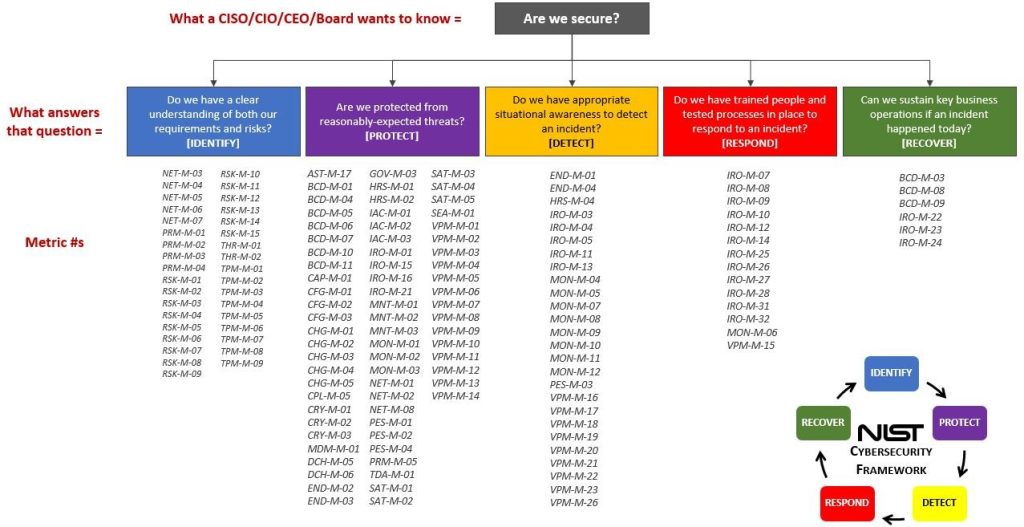
- Key metrics for measuring cyber resilience include Mean Time to Detect (MTTD), Mean Time to Acknowledge (MTTA), Mean Time to Contain (MTTC), and Mean Time to Resolve (MTTR).
- Cyber resilience and cybersecurity are complementary strategies; cybersecurity focuses on defense, while cyber resilience emphasizes recovery and continuity.
- Metrics like security policy compliance rate, access management success, number of cybersecurity incidents, intrusion attempt frequency, cost per incident, and phishing attack success rate are essential for evaluating preparedness and response effectiveness.
Cyber resilience ensures business continuity and profitability by preparing organizations to recover and rebound from inevitable cyberattacks. While cybersecurity focuses on defending against attacks, cyber resilience emphasizes recovery and continuity. Given the sophistication of modern cyber threats, including those enhanced by malicious AI, organizations must strengthen their cyber resilience continuously. Implementing and tracking key cybersecurity metrics is essential to measure the effectiveness of resilience strategies and ensure readiness for future attacks.
One of the primary steps in achieving cyber resilience is identifying critical assets and processes, known as the “Critical Path,” that need to be recovered quickly after an attack. This involves setting clear resilience objectives and using key performance indicators (KPIs) to measure progress. Core KPIs for gauging cyber resilience include Mean Time to Detect (MTTD), Mean Time to Acknowledge (MTTA), Mean Time to Contain (MTTC), and Mean Time to Resolve (MTTR). These metrics help organizations understand their detection capabilities, response times, and readiness to handle and recover from incidents.
Additional metrics such as security policy compliance rate, access management and authentication success, number of cybersecurity incidents reported, intrusion attempt frequency, cost per incident, and phishing attack success rate provide further insights into an organization’s security posture. These metrics help organizations identify vulnerabilities, improve security measures, and ensure their cyber resilience strategies are effective. Regular testing and evaluation of these metrics are essential to maintain a high level of preparedness and ensure quick recovery from cyberattacks.


Leave a Reply
You must be logged in to post a comment.